According to the Institute of Nutrition, dyslipidemia (also known as dyslipidemia) is an abnormal condition in one or more blood lipid indices, including high total cholesterol, high LDL-C (bad cholesterol), high triglycerides or low HDL-C (good cholesterol).
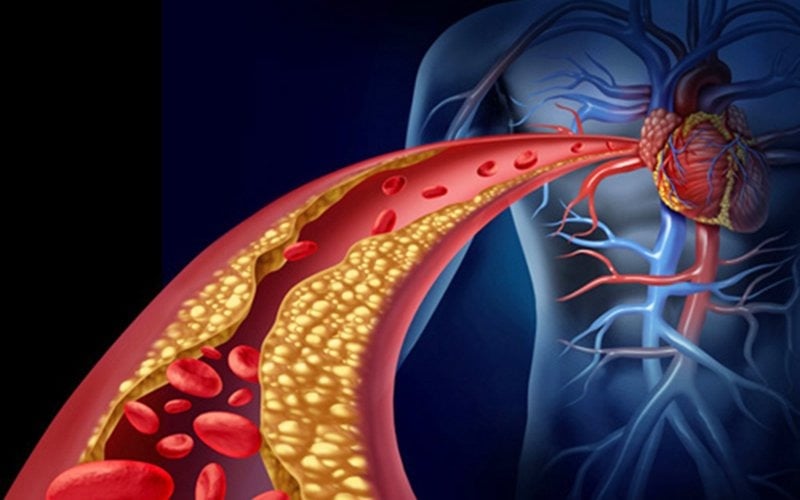 |
| Illustration photo. |
Doctor Bui Thi Thuy, from the Department of Adult Nutrition Consultation and Examination, Institute of Nutrition, said that most cases of lipid disorders are due to unhealthy diets, sedentary habits and secondary causes such as overweight, obesity, and metabolic disorders.
According to Professor, Dr. Tran Thanh Duong, Director of the Institute of Nutrition, the current eating habits of Vietnamese people are unhealthy and unbalanced.
Vietnamese people often consume a lot of meat and animal fat but lack green vegetables and fruits, increasing the risk of diseases such as overweight, obesity, high blood pressure, diabetes, gout and dyslipidemia.
Young people in particular tend to consume too much saturated fat, trans-fat, ultra-processed foods and free sugars. These are factors that increase the risk of early disease.
Foods such as french fries, fried chicken, fried dough sticks, fried cakes, cookies, cakes, industrial cream cakes, chips, instant noodles, sausages, bacon, carbonated soft drinks... contain a lot of bad fat and sugar, and are becoming more and more popular in the meals of many Vietnamese people.
These foods can increase the risk of dyslipidemia, obesity, diabetes and other dangerous chronic diseases.
Not only diet, lack of physical activity is also one of the reasons why dyslipidemia is increasingly common and difficult to control.
According to the World Health Organization (WHO) report in 2024, up to 31% of adults worldwide do not do enough physical activity and this rate could increase to 35% by 2030, of which women account for 38% and men 32%.
In Vietnam, about 25% of adults do not exercise enough, while only 1 in 4 teenagers aged 13 to 17 achieve the goal of exercising at least one hour a day.
A sedentary lifestyle reduces the ability to metabolize lipids, thereby making metabolic disorders more difficult to control.
WHO recommends that adults should maintain at least 150 minutes of moderate-intensity physical activity per week or 75 minutes of vigorous-intensity physical activity.
To increase health benefits, total activity can be increased to 300 minutes per week at a moderate level or 150 minutes at a vigorous level, or an equivalent combination of the two.
Dr. Bui Thi Thuy also noted that, in addition to lifestyle factors, lipid disorders can also be caused by genetic factors or underlying diseases such as overweight, obesity, diabetes, high blood pressure and chronic kidney disease. Therefore, a reasonable diet is the most important factor in controlling and treating the disease.
According to the 2020 guidelines for diagnosis and treatment of lipid disorders issued by the Ministry of Health (Decision No. 3762/QD-BYT), developing a scientific diet plays an essential role in controlling blood cholesterol levels and preventing cardiovascular complications.
Patients need to reduce saturated fat to less than 7-10% of total daily energy and completely eliminate trans fat found in fried foods, processed foods and industrial confectionery.
At the same time, you should increase your intake of unsaturated fats, especially omega-3s from fatty fish like salmon, mackerel, and vegetable oils like olive oil or canola oil.
Increasing your fiber intake, especially soluble fiber from green vegetables, skinned fruits, oats and legumes, is also important, with a recommended intake of at least 20-30g of fiber per day.
Dietary cholesterol should be limited to less than 200-300 mg per day, avoiding consumption of egg yolks, animal organs and fatty red meat.
Patients need to limit free sugar and alcohol, especially when there is increased triglycerides, and reduce salt intake to less than 5g per day.
Prioritize whole grains such as oats, brown rice, low-sugar vegetables and fruits, sea fish, soybeans and bean products, nuts such as walnuts and almonds without salt or sugar.
Avoid foods containing animal fats, butter, fatty cheeses, processed meats such as sausages, bacon, fast foods, carbonated soft drinks and whole milk.
Patients also need to divide their meals into 3-5 meals per day, eat on time, limit late dinners and combine with regular physical activity, at least 150 minutes per week.
The above recommendations should be individualized according to each person's physical condition, comorbidities, and age to ensure long-term and sustainable effectiveness in the treatment of dyslipidemia.
Source: https://baodautu.vn/roi-loan-mo-mau-dang-tre-hoa-d344476.html


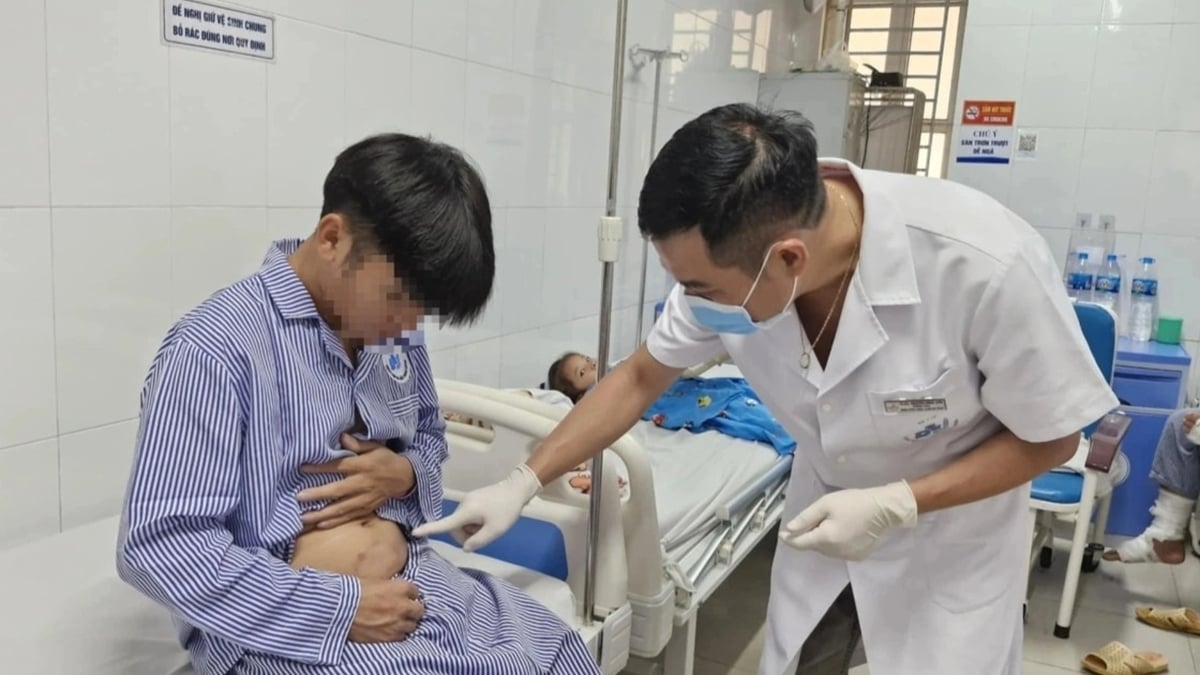
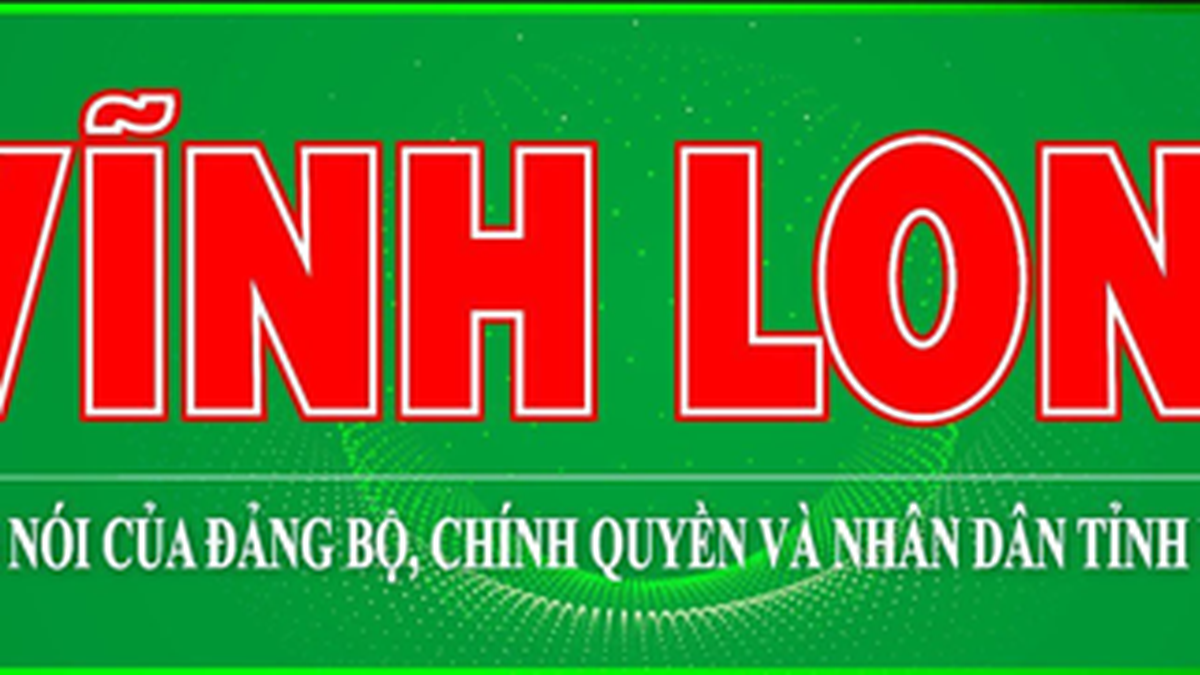

























































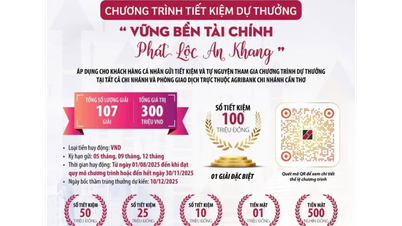

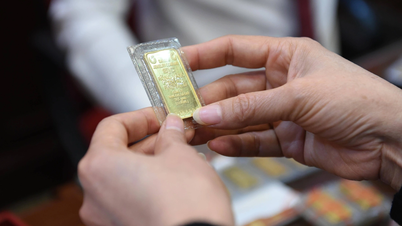












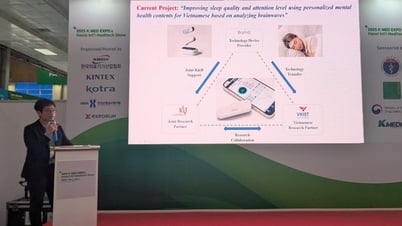
























Comment (0)